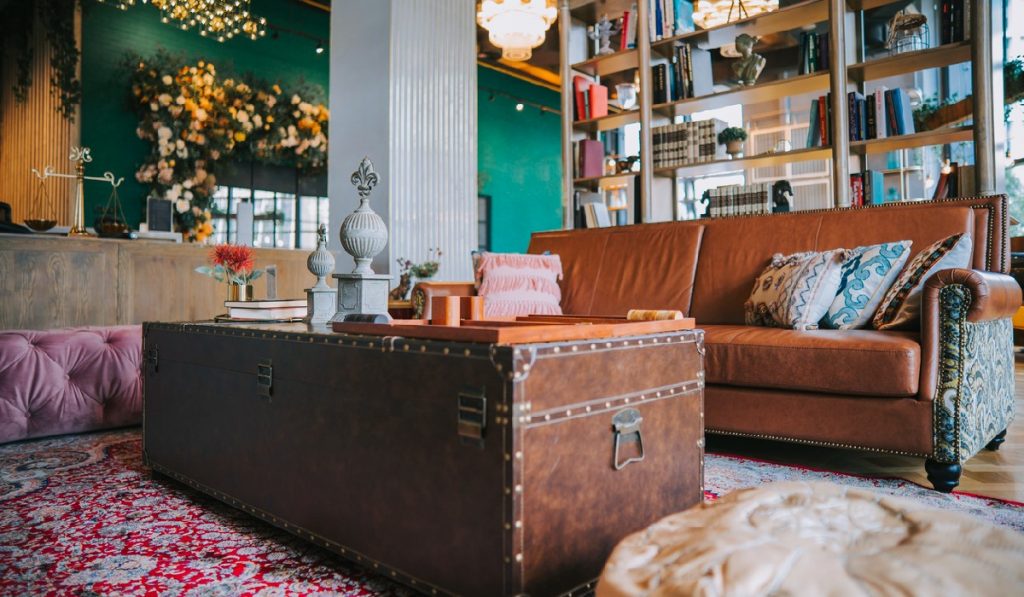Vintage: We Love It, But What Does it Actually Mean?

The word ‘vintage’ is one that’s thrown around a lot, but what does it actually mean? Vintage fashion, vintage cars, and vintage furniture are all popular items, but it can be confusing to know what is considered vintage (and what isn’t). In this post, we’ll dive into the true definition of ‘vintage,’ and explain why it is trending when it comes to furniture and home decor.
We’ll also explore the history of vintage items, from their roots in the past to the current craze for vintage products. We’ll even discuss the pros and cons of vintage products and offer advice about where to buy and sell authentic vintage items. So read on to learn what vintage really means and why it’s so popular today.
What Is ‘Vintage’?
The term ‘vintage’ generally refers to an item that is at least 20 years old but not more than 100 years old. These items were often made during a certain period of time in history and reflect the unique culture of that era. In general, classic designs from the 1950s, 1960s, and 1970s are often seen as being particularly vintage, though there are other eras with iconic styles and designs. In addition, vintage is determined by whether or not the style of an item has currency today. People often seek out vintage items because they appreciate the craftsmanship and one-of-a-kind nature of these pieces. Vintage items may be purchased through estate sales, antique stores, online retailers, and flea markets.
Antique vs. Vintage
It’s important to note the difference between ‘vintage’ and ‘antique’ because many people use the terms interchangeably. An antique item is over 100 years old while a vintage item is anything between 20-100 years old. In addition, an antique piece is typically an iconic representation of a certain era whereas a vintage piece may not necessarily embody that same level of iconic status even if it was made during the same time period as an antique piece. For example, a wingback chair from the 70s may not have the same status as a wingback chair from the 18th century even though they may have been made similarly.
Factors in Determining Vintage Status
When determining if something is truly vintage, there are several factors to consider such as age (as mentioned previously), condition (particularly if it has been altered or repaired), provenance (documentation that confirms when/where it was made or bought), craftsmanship (the quality of its construction) and visual appeal (whether it looks stylish or outdated).
Pros and Cons of Buying Vintage
Buying vintage furniture offers many advantages such as unique details not found in modern pieces and quality craftsmanship that many mass-produced items lack. Vintage items can also hold great sentimental value since each piece tells its own story which can be both inspiring and meaningful to those who purchase it.
On the other hand, there are also some downsides to buying vintage pieces such as cost (vintage pieces tend to be more expensive than mass-produced products due to their rarity) and wear-and-tear (some older pieces may have damaged or missing parts).
Financing Considerations for Purchasing Vintage
There are several financing options available such as installment plans or layaway plans which allow you to purchase a piece over time until you can pay for it in full. It’s also important to research the seller before purchasing any type of vintage furniture to ensure they are trustworthy and reliable sources of quality pieces. This will help ensure that your money isn’t wasted on poor quality or counterfeit items that do not actually meet the criteria for being considered true vintage pieces.
Of course, vintage pieces may not be affordable for everyone. Luckily, there are plenty of vintage-inspired pieces out there that closely resemble items and styles from the past. For example, if you want the same look but would rather buy new, a wingback chair can give that vintage flair without the vintage price tag.
Conclusion
At the end of the day, ‘vintage’ is a unique, highly sought-after style that embodies classic craftsmanship and style. Whether it’s an antique armoire or a more modern piece, understanding what makes an item vintage is key to finding timeless pieces for your home. With careful consideration of factors such as age, condition, origin, craftsmanship, and visual appeal, you can help ensure that you’re investing in genuine vintage pieces that are sure to bring beauty, style, and value to your life for years to come.
Decades of Combined Expertise
Best Buy Guidebook is a culmination of online publishing lessons learned. From SEO to paid ads, our team has experienced the highest of highs and the lowest of lows. Our goal now is simple: Arm readers with the most information possible.
